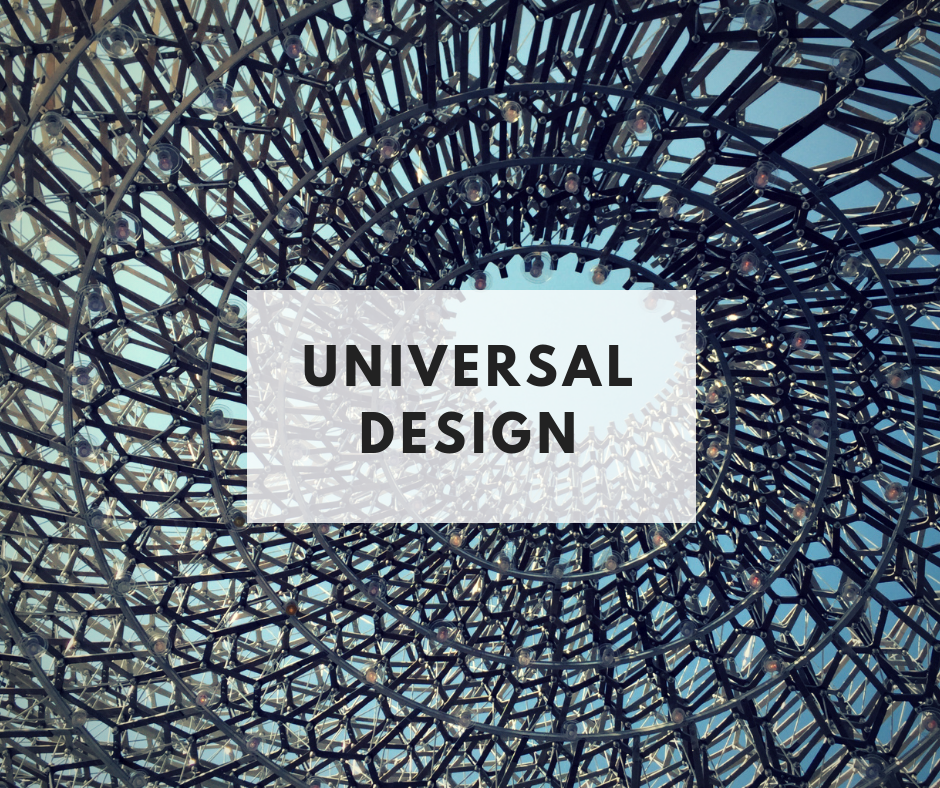As I’ve been doing deep dives into accessibility-related design issues, universal design has been something I haven’t been able to get my head around. While I have an appreciation for the general intent, much like other terms we use in education (e.g., interaction, engagement, etc.), the definitions and applications in practice are variously described making it hard to conceive of how to apply it. Here’s something I’ve been drafting in various forms to get at my understanding, working definition, and comparison among conceptions.
Problem: Remediation Mindset
Too often, accessibility is contemplated as an afterthought, such as a reaction to a student’s request or a regulatory compliance violation … if it’s considered at all. In our work as designers or educators, we might be familiar with reactive review processes put in place to find where the learning experience or educational materials are “broken” and in need of fixing to accommodate learners with a disability. Sadly, these reviews and revisions often occur long after the materials are developed and in the hands of learners. We then waste time and money remediating the materials to make them minimally viable to accommodate learners who might not be able to fully access or utilize the materials as created. This remediation mindset represents a complete disregard for our learners and violates our obligation as designers to make the learning experiences we design accessible for all.
Goal: Designing for All
To reach a goal of learning for all, a mindset shift is needed for the creation of learning materials and the design of learning experiences. Rather than ignoring accessibility within the design process or viewing it through a remediation lens, a proactive universal design approach is focused on maximizing the use of materials by all learners.
The United Nations’ definition of “universal design” in the Convention on the Rights of Persons with Disabilities focuses on the “design of products, environments, programs, and services to be usable by all people, to the greatest extent possible, without the need for adaptation or specialized design.” Through this lens of universal design, learning experience design has been contemplated in various frameworks from the perspective of inclusivity, accessibility, and equity.
Here are some examples of various applications and approaches to universal design as it applies to a learning context:
- Universal Design for Learning (UDL)
- Universal Design for Education (UDE)
- Universal Design of Instruction (UDI)
- Universal Instructional Design (UID) (Note: free 495-page ebook download
However, it’s important to note a recent critique of universal design research based on a review of research published in 2014. While the study’s authors identified 200 articles referencing universal design in education models, they were struck by the scarcity of empirical examinations exploring the efficacy of the models. Within their review, the study’s authors found that the application of universal design principles is valued by stakeholders, but they argue further research is needed “to examine whether [the universal design-based] interventions caused improved learner outcomes in terms content and/or skill acquisition.” As such, research in this area is ripe for further study!
